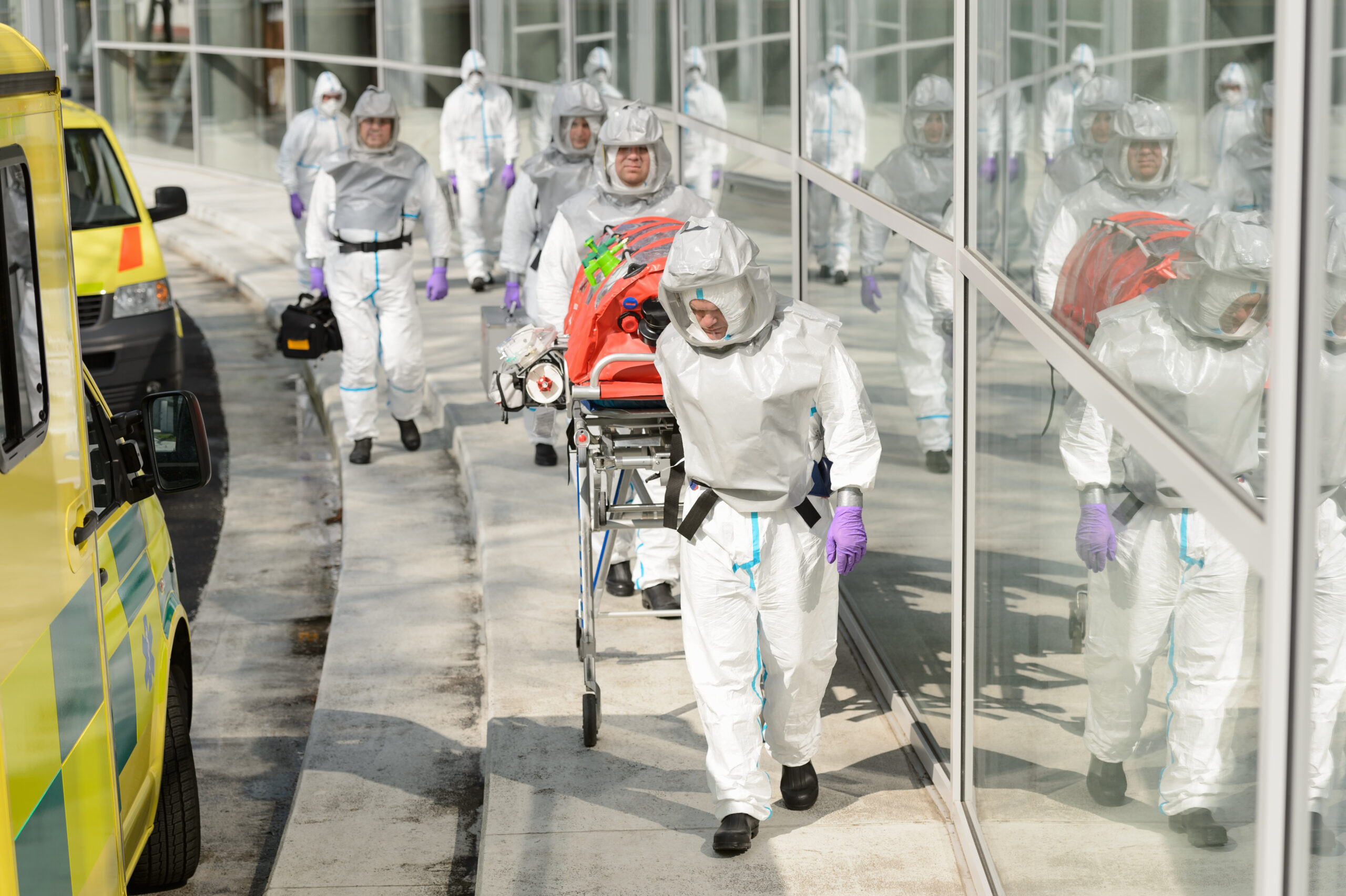Emergency preparedness is an essential aspect of ensuring your safety and well-being in case of any natural or man-made disaster. It’s crucial that you take proactive steps towards preparing yourself for such events, as they can happen at any time without warning. In this blog post, we will discuss what you need to do during the first 24 hours of a disaster to increase your chances of survival.
The Importance of Being Prepared
Disasters can strike at any moment, leaving people unprepared and vulnerable. Whether it’s a hurricane, earthquake, flood, or other emergencies, being ready can make all the difference between life and death. By taking action now, you can ensure that you have everything necessary to protect yourself and your loved ones when disaster strikes.
Creating an Emergency Plan
One of the most critical aspects of emergency preparedness is creating a plan. This should include evacuation procedures, routes, shelter options, communication strategies, and more. Make sure everyone in your household knows what to do in case of an emergency, including where to meet up if separated, how to communicate with each other, and who to contact for help.
Building a Disaster Kit
Another vital component of emergency preparedness is building a disaster kit. This should contain supplies that will last for at least three days, including food, water, medications, flashlights, batteries, and other essentials. Remember to rotate these items regularly to ensure freshness and usability.
Staying Informed During a Crisis
During a crisis, staying informed is critical. Keep an eye on local news channels and weather reports to stay updated on developments. You may also want to invest in a NOAA Weather Radio or sign up for alerts from your community’s emergency management agency.
Evacuation Procedures and Routes
If authorities issue evacuation orders, follow them immediately. Don’t wait until the last minute to leave, as roads may be congested, and shelters may fill up quickly. Familiarize yourself with evacuation routes and shelter locations beforehand so that you know what to do in case of an emergency.
Shelter Options in Case of a Natural Disaster
Depending on the type of disaster, different types of shelters may be available. For example, during a tornado, you may be able to seek refuge in a basement or interior room on the lowest level of your home. During a hurricane, you may need to evacuate to a designated storm shelter or hotel. Research potential shelters ahead of time so that you know what your options are.
Communicating with Loved Ones During an Emergency
During a disaster, communicating with loved ones can be challenging. However, there are several ways to keep in touch, including text messaging, email, social media, and phone calls (if service allows). Make sure everyone has a charged cellphone and knows how to use it to call for help or reach out to others.

Mental Health and Coping Strategies for Surviving a Disaster
Dealing with the aftermath of a disaster can be emotionally taxing. Take care of your mental health by practicing stress-reducing techniques like deep breathing, meditation, or yoga. Seek support from friends, family, or professional counselors if needed.
Conclusion: Taking Action to Ensure Your Safety
By following these tips, you can improve your chances of surviving the first 24 hours of a disaster. Remember, emergency preparedness is not just about having supplies; it’s also about having a plan and knowing what to do in case of an emergency. Take action today to ensure your safety tomorrow.




